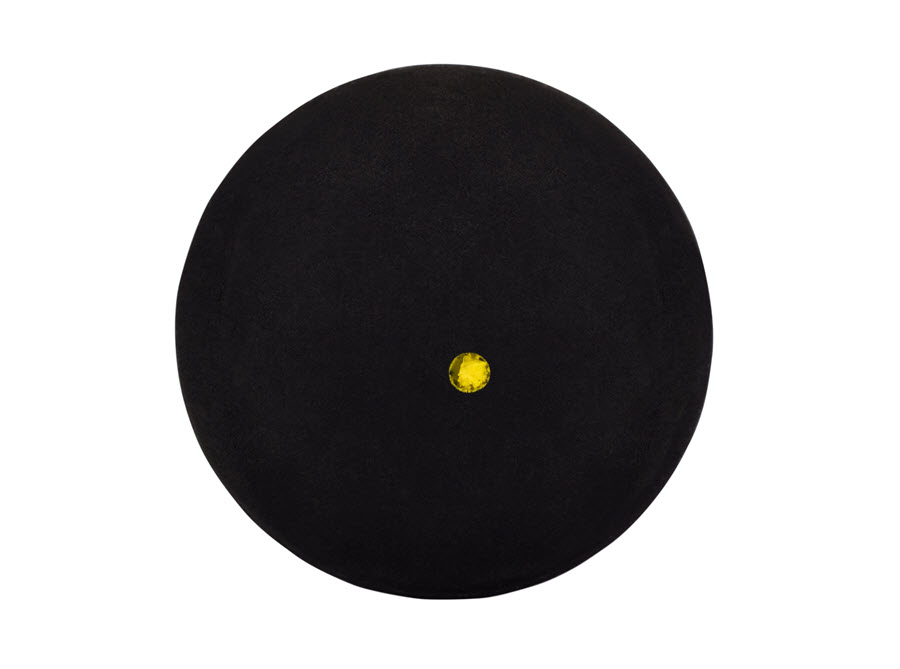In recent years, there’s been a lot of focus on the health and well being of children, with a lot of focus being placed on making sure they get enough exercise. With screen time being the pastime of choice for many children, and especially teenagers, anything to get them out of the house and moving around can be appealing for parents.
Squash is something a lot of children are unaware of, when you compare it to sports like football, soccer and tennis. While they’re all great for cardiovascular exercise, squash is particularly good for fitness as it’s a great cross between high intensity interval training (HIIT) and traditional sports to get the heart pumping.
Why Is Squash Good For Children?
Health benefits aside, squash is relatively simple to learn – we’ve got a run down on learning to play squash here. For younger kids, just running around on the court trying to hit the ball can be great fun, and for older kids the rules are quite straightforward and the scoring system is fairly simple.
There’s even a range of balls that vary in speed of play and how high they bounce too – our guide to squash balls is here.

There are balls that move more slowly and bounce higher to make the game easier to play – great for children and beginners alike. As the skills develop, players can move on to faster balls that bounce less. Ranging from beginner to advanced, use balls starting from blue dot, and move through red, white/green, yellow and yellow double dot as you improve.
Where Can Kids Learn To Play Squash?
Unlike sports like tennis, where you’ll find places to play in parks, schools and other locations, squash courts tend to exist in leisure centers and sports and social clubs. To find a local facility, your best bet is to check Google. While they’re typically charged in blocks of time, many venues offer kids lessons, where they can attend for a fixed fee that’s often cheaper.
What’s more, they’ll be able to play with other children of a similar age, saving parents the frustration of continually picking up the balls as the little ones have the time of their life running around!
By participating in professionally organized lessons, you’ll usually find that equipment is provided, so it will almost certainly work out significantly cheaper than buying rackets, balls and court hire. It’s a good idea to check in advance if your child will need any additional gear – some venues recommend things like knee and elbow pads to protect against friction burns resulting from tumbles on the court, and more likely eye protection in case wayward balls (or rackets!) hit children in the face.
While it’s not specific to squash, all sports are good for helping children to develop strategic thinking, and also to understand the importance of following rules. Playing with other children in a professionally organized environment also helps to encourage social skills, like co-operation even at the same time as inspiring the competitive nature of sport.
What Age Should Children Start To Play Squash?
There’s no hard and fast recommendation for children to being learning to play squash, but in terms of rule based sport, around the age of five they should be able to start understanding how the rules of the game work. Earlier years are still fine for activity and exercise of course, however don’t expect much structure to games before they reach school age!
It’s also important, especially with younger children, to let them explore squash at their own pace, and avoid the temptation to try to make them play to rules. If they want to spend time just running around kicking the ball, don’t worry. They’re becoming familiar with the squash court, and that’s a big deal in itself for small children.
Don’t fall into the trap of looking around and seeing other children ‘getting on with their game’. They might have been playing for months or years already, even if they’re younger than your child who is just getting started. We’ve all seen those pushy parents trying to bring up the next world champion, and that kind of pressure can cause huge problems for children’s development.
Keep the primary objective in mind to give your child a fun and healthy new activity to enjoy and see where the journey takes you. Maybe they’ll find squash isn’t for them and they’ll be on to the next thing, but maybe they’ll be inspired to pursue an exciting sport for decades to come!